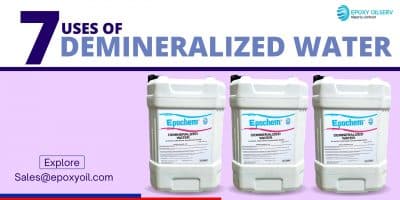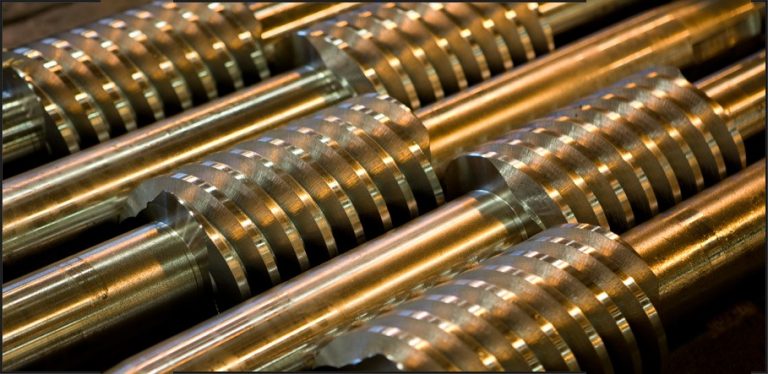Coolant Myths Busted: Separating Fact from Fiction
The role of coolant in vehicle maintenance is critical, yet surrounded by numerous myths and misconceptions that can lead to confusion and improper care. This guide aims to debunk these myths by providing evidence-based information and clear explanations, ensuring vehicle owners can make informed decisions about their coolant needs.
Key Takeaways of this Article
Recognize the Importance of Proper Coolant Use: Proper coolant use and adhering to maintenance guidelines are crucial for the health of your vehicle’s engine and cooling system. Misunderstandings about coolant can lead to inadequate care, which may cause premature engine wear or failure.
Myth 1: Universal Coolants are Suitable for Any Vehicle
The Misconception
Many believe that universal coolants, often marketed as one-size-fits-all solutions, are suitable for any vehicle, regardless of make or model.
The Reality
While universal coolants are formulated to be compatible with a wide range of materials and engine types, they are only sometimes ideal for some vehicles. Different engines may require specific coolant formulations for optimal corrosion protection and heat management. Manufacturers often specify a type of coolant chemically balanced for their engines’ materials, such as aluminum, cast iron, or brass.
Evidence-Based Explanation
Universal coolants might not address the specific needs of advanced cooling systems, particularly in newer models or high-performance vehicles, which may need coolants with particular additives to protect against corrosion and wear. Using a non-recommended coolant can lead to chemical reactions that deposit scale and sludge, potentially clogging the cooling system and reducing its efficiency.
Myth 2: Adding Water to Coolant is Always Safe
The Misconception
Topping up your coolant system with water is commonly thought to be safe if you’re in a pinch and coolant isn’t available.
The Reality
Adding water to your coolant system can dilute its effectiveness, particularly if you’re using hard water, which is high in minerals. These minerals can deposit inside the radiator and cooling channels, leading to scale buildup that can impede coolant flow and heat transfer.
Evidence-Based Explanation
Coolants are specifically formulated with a balance of water, antifreeze, and corrosion inhibitors. Diluting this mixture with additional water, especially if it’s not distilled, disrupts this balance, potentially leading to overheating and faster degradation of the coolant.
Myth 3: Coolants Don’t Need to Be Changed if They Look Clean
The Misconception
A prevalent myth is that as long as the coolant doesn’t appear dirty or contaminated, it doesn’t need to be replaced.
The Reality
Coolant degradation is not always visible. Over time, the anti-corrosion additives in the coolant break down, reducing their effectiveness at preventing corrosion and managing heat. This breakdown can occur even if the coolant still looks clean.
Evidence-Based Explanation
Chemical properties such as the pH level and the concentration of corrosion inhibitors can change over time, regardless of the coolant’s appearance. Regularly scheduled changes, as the vehicle manufacturer recommends, ensure that the coolant maintains its chemical integrity and protective qualities.
Myth 4: All Coolant Colors Indicate the Same Type
The Misconception
Another common misunderstanding is that the color of the coolant is purely for aesthetic purposes and has no bearing on its type or quality.
The Reality
Coolant colors are actually used by manufacturers to indicate different chemical formulations. For instance, green typically denotes an inorganic additive technology (IAT) coolant, which is suitable for older vehicles. At the same time, orange indicates an organic acid technology (OAT) coolant used in many modern cars.
Evidence-Based Explanation
Using the incorrect type of coolant based on color alone can lead to significant engine issues, such as corrosion and scaling. It is crucial to consult the vehicle’s owner’s manual or a professional to understand which color and coolant is right for your vehicle model.
Myth 5: Coolants with Antifreeze are Only Necessary in Cold Climates
The Misconception
Many believe that antifreeze is only needed to prevent the coolant from freezing in winter, implying that vehicles in warmer climates, Like Nigeria, don’t require antifreeze in their coolant.
The Reality
Antifreeze does more than just prevent coolant from freezing; it also raises the coolant’s boiling point, which is crucial for preventing overheating. Additionally, antifreeze contains corrosion inhibitors that protect the engine, radiator, and other components from corrosion.
Evidence-Based Explanation
Even in hot climates, the cooling system is subjected to extreme temperatures that can cause the coolant to boil. Antifreeze is essential to ensure that the coolant remains effective under all temperature conditions and protects the engine against corrosion.
Addressing Common Queries: Answered FAQs
FAQ 1: Can I mix different types of coolants if they are the same color?
- Answer: No, you should not mix different types of coolants even if they share the same color. Colors are generally indicative of the coolant’s chemical base (such as IAT, OAT, or HOAT). Still, different brands may have varying additive packages that can react negatively when mixed, leading to coolant degradation and potential engine damage.
FAQ 2: How often should I really change my coolant?
- Answer: The frequency with which you should change your coolant depends on the manufacturer’s recommendations and the type of coolant used. Generally, traditional green IAT coolants require changing every 2 years or 30,000 miles, whereas modern extended-life OAT and HOAT coolants can last 5 years or up to 150,000 miles. Always refer to your vehicle’s owner’s manual for specific guidance.
FAQ 3: Is it safe to just top off my coolant with water in an emergency?
- Answer: In an emergency, adding distilled water is safer than using tap water, as it doesn’t contain minerals that might cause scaling. However, this should be a temporary solution. It is important to correct the coolant-to-water ratio as soon as possible by adding the appropriate coolant.
FAQ 4: What is the best way to dispose of old coolant?
- Answer: Old coolant should be collected in a clean container and taken to a recycling center or a facility that accepts hazardous materials. It is important not to pour coolant down the drain or into the soil as it contains ethylene glycol, which is toxic and harmful to the environment.
FAQ 5: Can coolant improve the performance of my engine?
- Answer: While coolant itself doesn’t boost engine performance, using the correct type and maintaining the proper coolant level and mixture can prevent overheating and corrosion, thereby ensuring that your engine operates at its optimal performance level.
Consult Professionals When in Doubt: If you need clarification on the type of coolant to use, or how to perform maintenance tasks such as coolant flushing and filling, it is best to consult with professionals with the right expertise and tools.
Emphasize Safety and Environmental Responsibility: Always handle coolant with care, using gloves and goggles, and ensure its disposal is dealt with safely and responsibly to protect yourself and the environment. For all your coolant needs, expert advice, and professional services, contact Epoxy Oilserv Nigeria at sales@epoxyoil.com or our website at epoxyoil.com. Whether you need assistance selecting the right coolant, performing a system flush, or understanding your vehicle’s requirements, we are here to help ensure your vehicle runs smoothly and efficiently with the optimal coolant solution.



